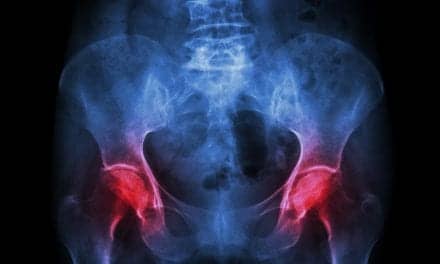Seasons affect exacerbation outcomes, antibiotic treatment, timing of second exacerbations, and all-cause mortality in patients with COPD, according to results in the current issue of the journal Chest.
In reviewing data from 7376 COPD patients who participated in the study, investigators found that 36.5% of participants (2,691) experienced at least one moderate or severe COPD exacerbation between March 2008 and April 2010.
The average monthly exacerbation rates followed a distinct seasonal pattern, according to researchers. Exacerbation rates were 2.16 times higher in winter, compared to summer, regardless of baseline characteristics (age, sex, COPD severity, smoking status, BMI, inhaled corticosteroid use, cardiovascular comorbidity, concomitant cardiovascular medication).
The study also found that exacerbation rates were intermediate in the spring (March-May) and fall (September-November) and that the number of exacerbation-related hospitalizations remained constant throughout the year.
All-cause mortality showed a seasonal pattern similar to that of exacerbations, with 34.5% of deaths occurring during winter and 13.4% during summer.









